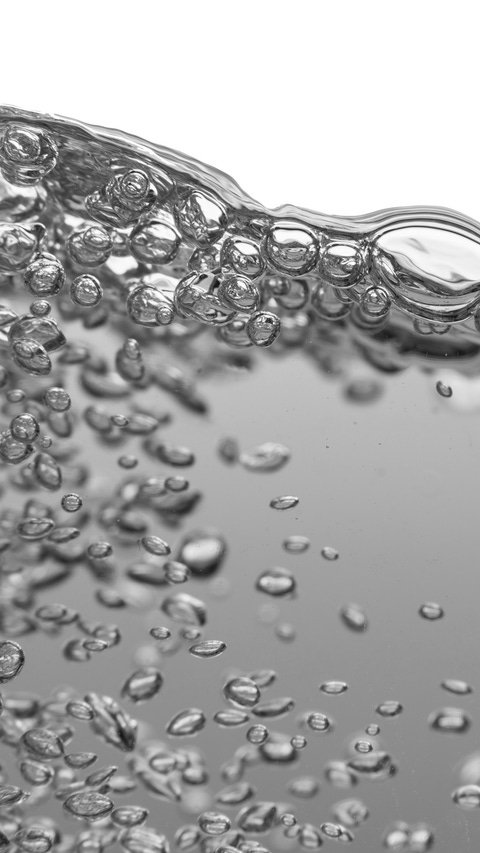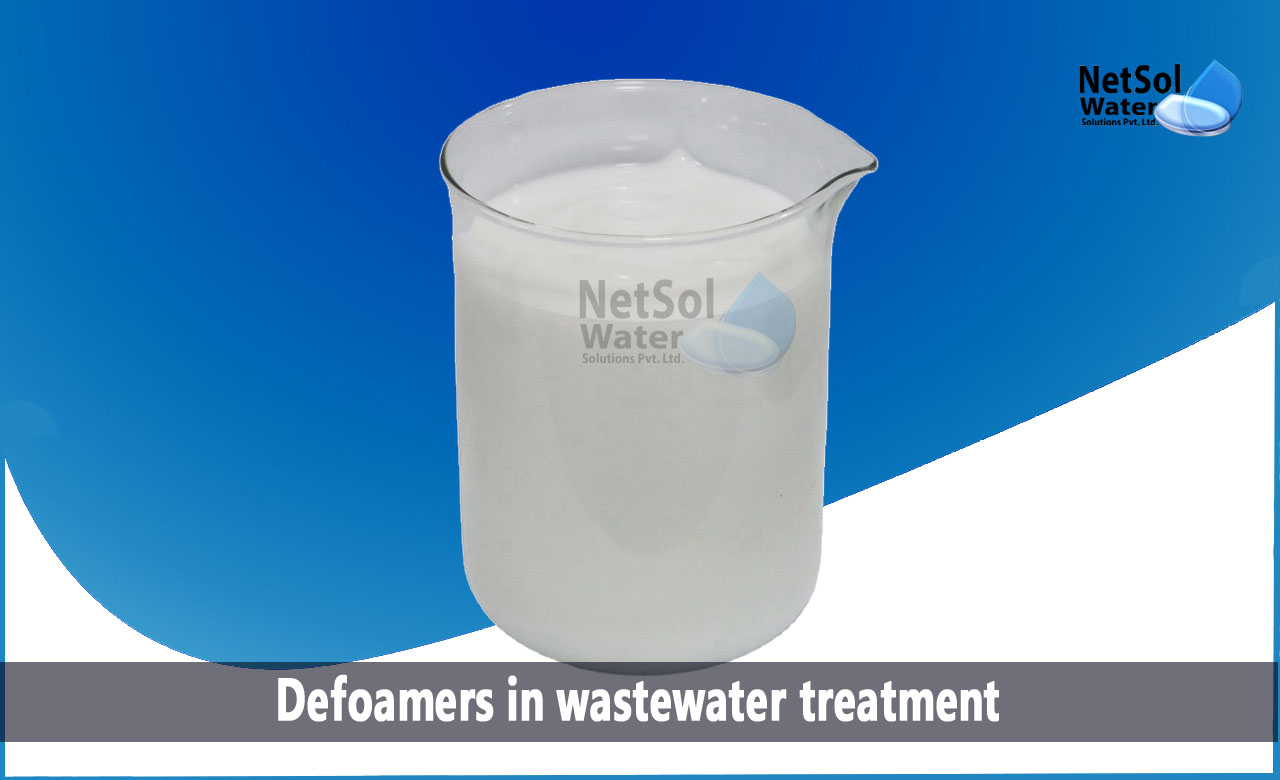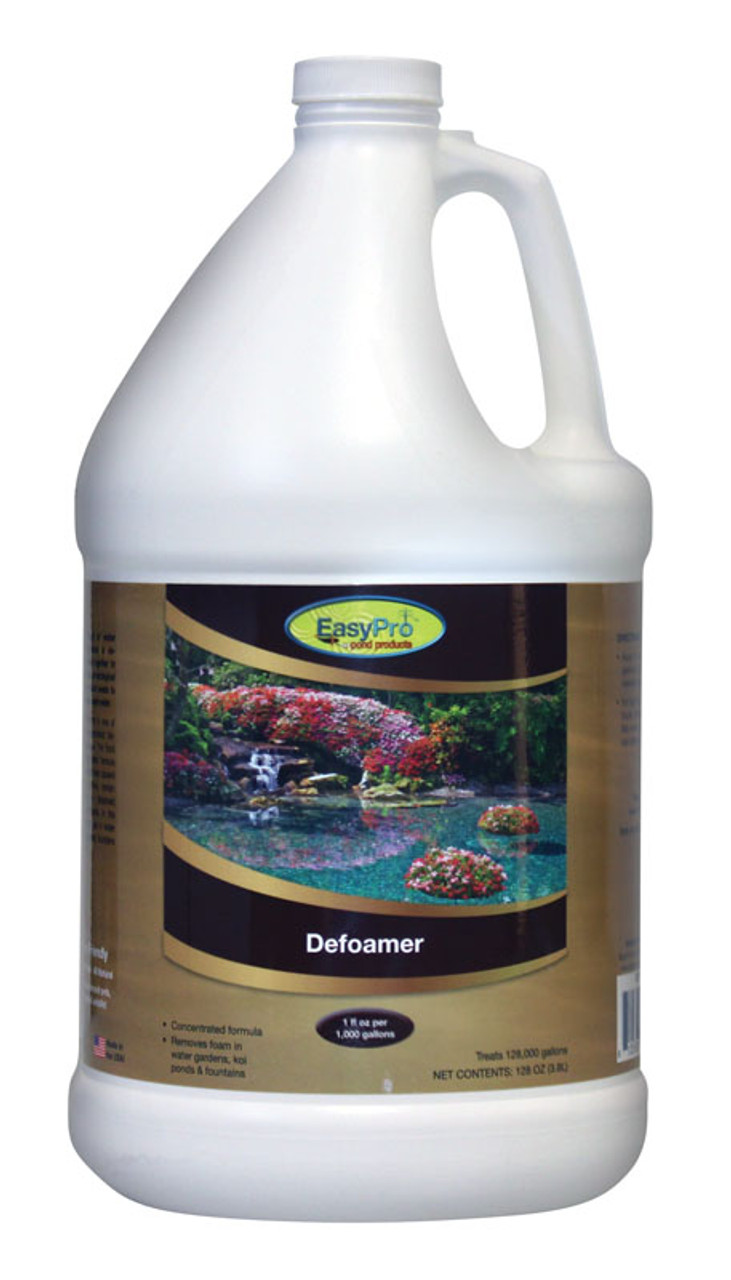The Science Behind Defoamers and Their Role in Foam Control
The Science Behind Defoamers and Their Role in Foam Control
Blog Article
The Duty of Defoamers in Enhancing Item High Quality and Performance
Defoamers offer as essential additives that alleviate this issue, making sure smoother manufacturing workflows while enhancing the visual and practical characteristics of the final products. The selection of the proper defoamer can be vital to attaining optimum outcomes, raising essential concerns regarding formula compatibility and performance metrics that merit additional exploration.
Recognizing Defoamers
Recognizing the duty of defoamers is crucial for maintaining item top quality throughout numerous sectors. Defoamers are chemical ingredients made to reduce and prevent the development of foam in fluid systems, which can detrimentally influence procedures such as mixing, filling, and surface stress. Frothing can bring about inadequacies, item problems, and compromised visual allure, making defoamers an important part in making operations.
In commercial applications, defoamers help to boost product uniformity and stability. The reliable use of defoamers not just guarantees smoother production procedures but additionally contributes to premium product efficiency.
Moreover, the option and formulation of a defoamer have to align with details application requirements, such as compatibility with various other ingredients, efficiency under differing temperature and pH problems, and potential regulative restraints. Ultimately, recognizing defoamers' functions and their significance in numerous formulations is vital for optimizing production and guaranteeing the finest final result.
Types of Defoamers
Defoamers can be classified right into several types based on their make-up and device of action. The main kinds consist of silicone-based, non-silicone natural, and inorganic defoamers.
Silicone-based defoamers are among one of the most reliable, primarily due to their capability to spread out promptly on the liquid surface and interrupt foam development. Their one-of-a-kind chemical structure enables exceptional security, making them appropriate for high-temperature applications and settings with differing pH degrees.
Non-silicone natural defoamers, often composed of natural oils or fatty acids, are valued for their biodegradability and lower toxicity. These are generally made use of in food and drink applications where security and ecological impact are vital.
Not natural defoamers, that include materials like talc or calcium carbonate, act by enhancing the density of the liquid, consequently minimizing foam security. They are commonly made use of in commercial procedures where compatibility with other materials is not a concern.
Each sort of defoamer has distinct benefits and constraints, permitting tailored solutions depending upon the certain foaming issues come across in different applications. Recognizing these differences is important for maximizing performance and achieving desired product top quality.
Applications Throughout Industries
Numerous industries utilize defoamers to boost product quality and functional effectiveness. In the food and beverage field, defoamers are critical in procedures such as brewing and milk production to stop foam formation, which can bring about ineffectiveness and product incongruity. By managing foam, manufacturers can make certain much better return and a much more uniform item.
In the pharmaceutical industry, defoamers play an essential function in the formulation of liquid medicines, where excessive foam can hinder blending and accurate application. Their use helps keep the integrity of the formulas and facilitates smoother manufacturing processes.
The paint and finishes sector likewise relies upon defoamers to enhance the efficiency of products during application. By reducing foam, these ingredients make certain a smoother finish and boost the visual high qualities of the end product.

Advantages of Utilizing Defoamers
While the application of defoamers differs across sectors, their advantages consistently enhance item high quality and procedure performance. One substantial advantage is the decrease of foam formation throughout manufacturing procedures, which can otherwise lead to manufacturing delays and disparities in product top quality. By minimizing foam, defoamers enable a smoother flow of materials, facilitating extra effective procedures and minimizing the likelihood of devices malfunctions.
Additionally, the usage of defoamers can boost the look and structure of last items. In markets such as layers, paints, and food processing, excessive foam can endanger the visual aesthetic appeals and overall top quality, while the suitable defoamer application ensures an uniform surface and desirable qualities. Furthermore, helpful hints defoamers can add to set you back financial savings by reducing waste throughout production and enhancing making use of basic materials (defoamers).

Choosing the Right Defoamer
Choosing the ideal defoamer is vital for maximizing manufacturing procedures and making sure item high quality. The option of defoamer influences not only the efficiency of foam control however also the general performance attributes of the end product. Aspects to take into consideration consist of the kind of application, the chemistry of the formula, and the environmental problems under which the item will certainly be utilized.
Different sectors might need particular defoamer types, such as silicone-based, organic, or polymeric defoamers. Understanding the compatibility of the defoamer with the primary ingredients is important to stay clear of damaging reactions that could compromise item stability. Additionally, the defoamer's performance in different temperatures and pH degrees need to be examined to guarantee regular efficiency.
Checking the defoamer in small applications can give important understandings into its efficiency and suitability. Factor to consider of regulatory compliance, specifically in food, pharmaceuticals, and cosmetics, is extremely important in choosing a defoamer. Inevitably, an extensive assessment of these elements will certainly lead to the choice of a defoamer that not just manages foam properly but likewise boosts the quality and performance of the last item.
Conclusion

In conclusion, defoamers are essential additives that dramatically boost item high quality and performance across numerous sectors. The calculated choice and application of defoamers lead to cost financial click here for more info savings, enhanced resource use, and raised consumer fulfillment.
Lathering can lead to inefficiencies, item issues, and compromised visual charm, making defoamers an important element from this source in manufacturing procedures.

Report this page